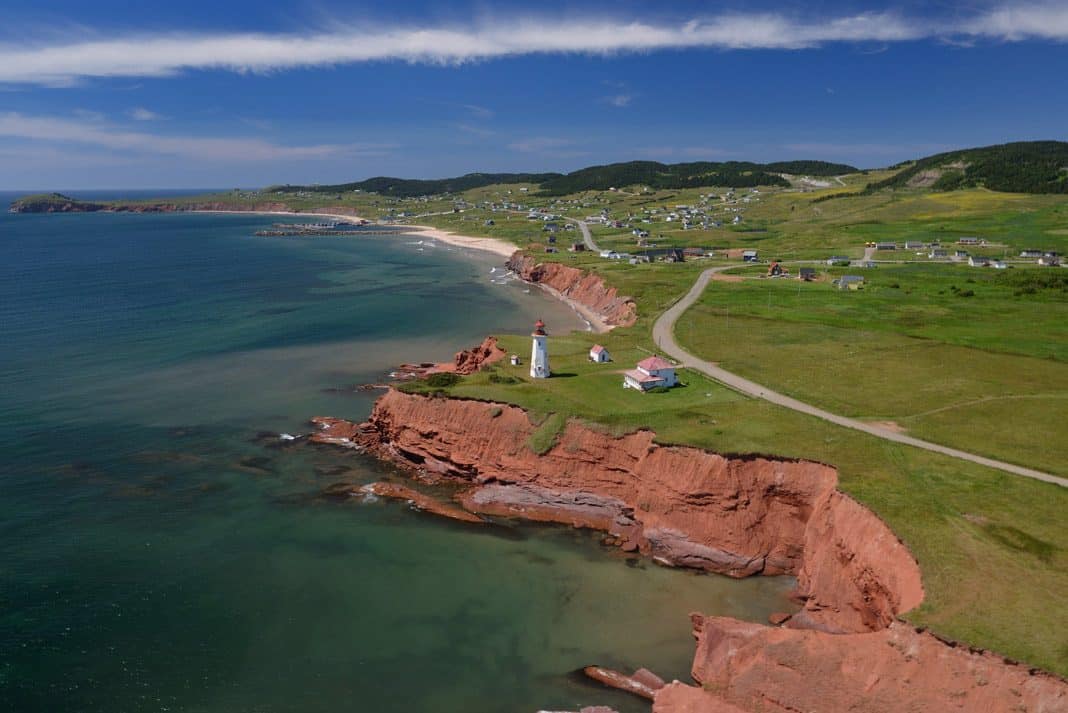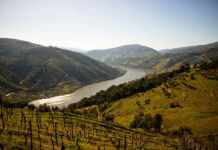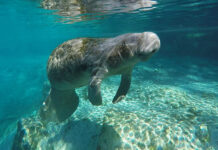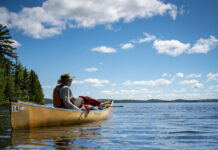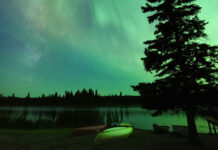Approaching Îles de la Madeleine by ferry at sunrise, the shoreline slowly comes into focus exposing spectacularly sculpted red and grey sandstone cliffs.
Although it’s a trek to get here—the archipelago is located in the middle of the Gulf of St. Lawrence, 65 miles north of Prince Edward Island in the heart of Canada’s Maritimes—the trip is scenic and the destination unlike any other. One hundred and ninety miles of the islands’ coastline are sandy beaches, perfect for standup paddleboarding.
Quaint and understated without tacky billboards, big box stores or fast-food chains, there isn’t much to distract from the islands’ natural beauty and, because they are connected mostly by long sand dunes, you are never more than a few minutes away from a beach.
The islands are known as the Magdalen Islands in English or “the Maggies” by the relatively small population of English-speaking locals. Overall, about 12,000 Madelinot are sprinkled over an area of about 125 square miles which means you will never see a crowd, even during peak tourist season when the population triples.
Despite their small size, the islands have extraordinary ecological diversity with interior saltwater lagoons, marshes, meadows, sandstone cliffs, long sandy beaches and dunes. Thanks to this and the maritime climate boasting milder temperatures than the mainland, the islands attract a variety of wildlife.
About 300 species of birds live or pass through the islands, four species of seals, and a robust population of fish, shellfish and mollusks support the local fishing industry and make for a foodie’s dream come true with catch-of-the-day specials at local restaurants.
Weather
Climate is moderated by the surrounding water and influenced by constant winds. In late summer, the surface temperature in the lagoons and bays reaches up to 21°C.
Getting There
Flights from Quebec arrive daily. Traveling by road involves a five-hour ferry crossing from Prince Edward Island.
Don’t Miss
Parc de Gros-Cap located on the southern tip of Ile De Cap Aux Meules offers camping and a beautiful beach and nearby caves to explore by SUP. They also offer guided kayaking excursions.
For Foodies
The islands offer a mouth-watering selection of locally-produced foods and beverages. Don’t miss the two cheese factories (fromageries), fish markets, vineyard and microbrewery.
Learn More
The regional tourism website, quebecmaritime.ca, and the local site, tourismeilesdelamadeleine.com, are excellent resources and the latter includes maps for water trails.
If you have a half day:
Paddle along the shoreline at the Grande Échouerie (Old Harry) Beach—a five-mile-long beach forming the coastline of the East Point National Wildlife Reserve, protecting habitat for shorebirds, like sandpipers, and waterfowl.
The beach offers iron-rich red sandstone cliffs and caves to explore.
If you have a day:
The South Dune Beach on Havre aux Maisons Island is the longest beach on the islands with 13 miles of sand stretching to the east.
To the west is a geology buff’s dream come true with majestic red and gray sandstone cliffs and gently sloping hills with grassy meadows leading to the Cape Alright Lighthouse.
The lighthouse, which was built in 1928, tops a 20-meter-high red sandstone cliff and is a national historic site.
If you have a weekend:
Set up your basecamp on Havre Aubert Island and explore its beaches and sheltered bays.
Don’t miss Sandy Hook, a large sandy peninsula on the east side of the island not far from the site of the island’s first settlement, La Grave.
Take some time to stroll around this historical site which captures the essence of French-Canadian maritime culture.
If you have a week:
You could pack your gear and plan an island-hopping expedition, but given the proximity of so many excellent beaches, it’s much easier to check into a campground, cabin or hotel and explore each island end-to-end.
Plan your paddling excursions depending on the wind—there is always a calm place to put in and you can easily plan a sunrise or sunset paddle.
Îles de la Madeleine consists of an archipelago of 15 islands in the middle of the Gulf of St. Lawrence, 133 miles southeast of the Gaspé Peninsula and 60 miles west of Cape Breton.
Photo: Michel Bonato



